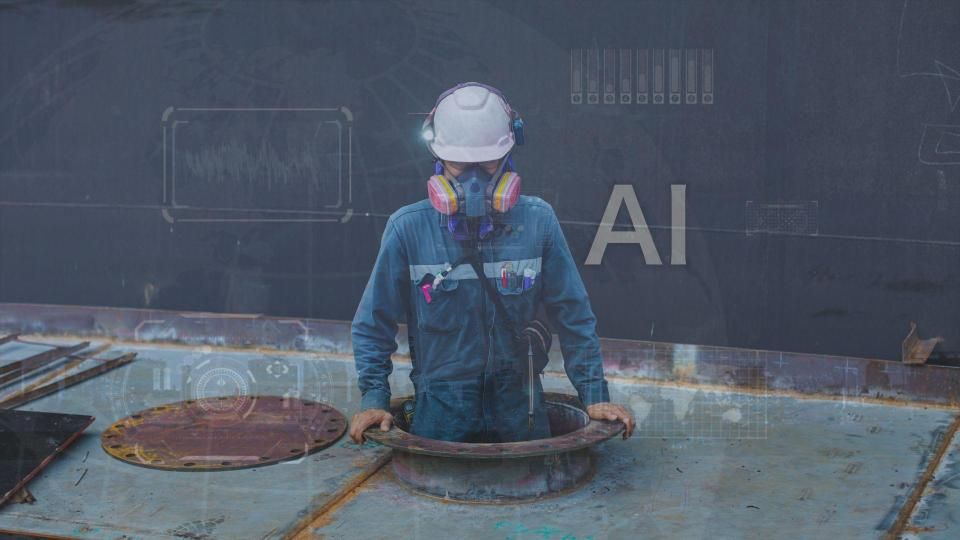The impact of digitalizing ISGOTT and other ship-shore processes.
Increasing the safety and efficiency of the Ship-Shore Collaboration.
Table of contents
-
Transitioning from the ISGOTT 5 to the 6th edition.
-
How do the new ISGOTT 6 changes affect the ship-shore safety checklists?
-
The difference in responsibilities between the vessel, terminal, agency and others,
-
How operators, planners, vessel captains and others involved use the Digital ISGOTT.
-
What you solve with Smartflow Digital ISGOTT solution.
-
What you gain.
-
Smartflow Digital ISGOTT Solution. Features.
-
The ISGOTT community.
Stay tuned
Making Ship-Shore Collaboration more efficient and safer
Zoom into the developments resulting from the introduction of ISGOTT v6. How terminal operators, vessel captains, agencies, and other parties involved have been following the new processes and how Smartflow's Digital ISGOTT solution is transforming terminal work.
THE OCIMF (Oil Companies International Marine Forum) has highly recommended using ISGOTT version 6 as soon as possible because of the major changes in Marine Terminal Administration, Human Factors, Alternative and Emerging Technologies, and Cargo Inspectors. Amendments and updates due to changes in legislation and standards e.g. revised standards for construction, maintenance, and retirement of cargo transfer hoses plus upgrades and enhancements to existing best practice guidance including the management of hazards and risks for tanker and terminal operations, enclosed space entry, firefighting, security, and the ship/shore marine terminal interface which includes updates to the ship/shore safety checklist and the bunker operations safety checklist
After a successful implementation of the ISGOTT 6 various terminals worldwide, our solution has the maturity to carry out further use cases.
Due to many fast developments tankers and terminal companies have gone through, ICS (International Chamber of Shipping), IAPH (International Association of Ports and Harbors), and OCIMF have pushed more updates which also concern matters such as ranging from gas detection to alternative and emerging technologies.
The new ISGOTT 6 guide is more focused on human factors. It clearly states that in order to maintain and improve safety management, tankers and terminals need a better understanding of the risks posed by human factors.







